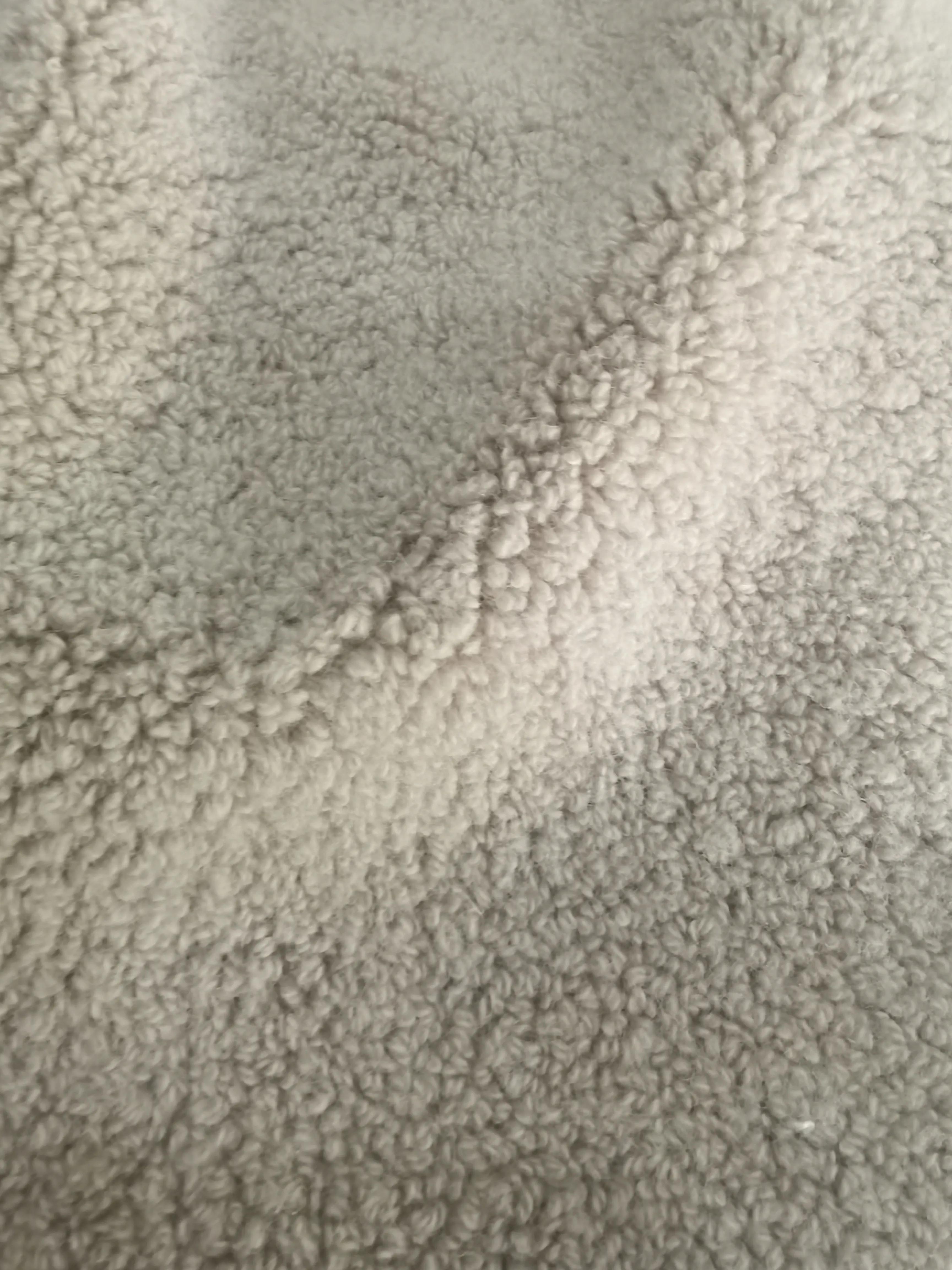When making orders with foreign customers, I discovered a phenomenon. Many foreign customers like darker colors, such as caramel, navy blue, burgundy, purple, khaki, camel, etc. Black, etc., the other is the two-color effect, also called the two-color effect, which is called MELANGE color by foreign customers.
The mixed color effect is generally achieved through the dyeing method, that is, yarns of different colors are interwoven to form mixed colors (two colors) on the cloth surface. Effect. Compared with the dyeing method, the yarn-dyed weaving process takes longer, has more processes, and is more cost-effective.
For example, a customer recently took a fancy to one of our circle varieties. He liked our mixed camel color effect very much. I originally thought that this color was made by dyeing, but later I asked the craftsman, and he said that it was piece dyeing, using cationic dyeing, so the cloth surface showed a two-color effect, and cationic dyeing, like piece dyeing, takes a faster time . After talking to the customer, the customer was very happy. After all, the delivery time could be shortened by nearly half a month.
After communicating with the process, he couldn’t explain the principle of cationic dyeing. I looked it up on the Internet and roughly understood why cationic dyeing can produce a two-color effect. Many of them are Taking advantage of the white space effect of cationic dyeing, the excerpt is as follows.

Cationic dye-dyeable polyester (CDP fiber) is often blended or interwoven with ordinary polyester. Utilizing the dyeability characteristics of its cationic dyes, the two fibers can be dyed to obtain heterochromatic or two-color and polyester white snowflake-like dyeing effects. There are two types of polyester dyeable with cationic dyes on the market: one is a high-temperature dyeable type, and the other is a highly modified normal-pressure dyeable type.
1. White dyeing
Because polyester is only slightly stained when dyed with cationic dyes, and through the screening of cationic dyes Dyes, lowering the pH of the dye bath, and performing restorative cleaning after dyeing can reduce staining to a minimum. Therefore, it is easier to obtain the white dyeing effect of polyester with cationic dyes.
2. Different-color dyeing
Polyester/cationic dye-dyeable polyester textiles. The common different-color dyeing method is disperse/ One-bath one-step dyeing with cationic dyes and one-bath one-step dyeing with disperse/disperse cationic dyes.
1. One-bath dyeing with disperse/cationic dyes
When dyeing with one-bath disperse/cationic dyes, although it is not There is a direct interaction between disperse dye molecules and cationic dye molecules, but disperse dye products contain anionic dispersants. The carrier emulsifier used in carrier method dyeing is sometimes anionic. The cationic dye itself has a positive charge, which slows down the process. Dyes are also generally cationic, so quite complex interactions occur between cationic dyes, cationic retarders, dispersants and emulsifiers in the same dyebath.
In order to prevent dye precipitation during one-bath dyeing with disperse/cationic dyes, non-ionic anti-precipitation agents should be used. At the same time, try not to use cationic retarder as much as possible. The uniformity of dyeing is mainly controlled by the heating rate. There are reports that when polyester dyeable with cationic dyes is dyed under weakly acidic conditions at 120°C, a certain degree of acid hydrolysis will occur. If about 5g/L Yuanming powder is added to the dye bath, it will help reduce its damage. degree, and Yuanming powder can also play a certain role in retarding the dyeing of cationic dyes.
2. One-bath one-bath dyeing with dispersed/dispersed cationic dyes
Using one-bath dispersed/dispersed cationic dyes One-step dyeing eliminates the problem of dye precipitation and does not require the addition of anti-precipitation agents.







